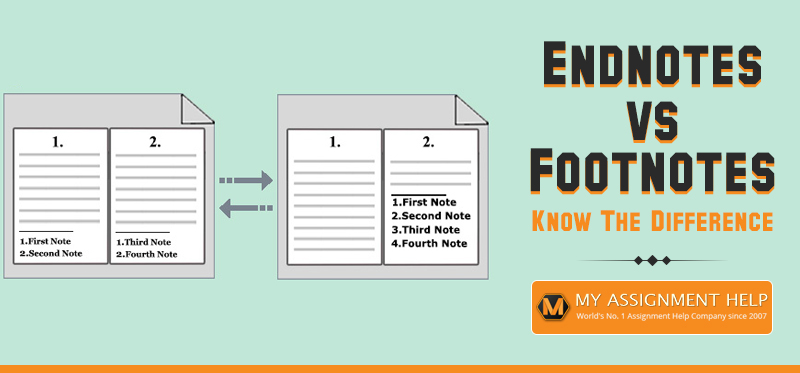

The exception to this rule occurs when a sentence contains a dash, in which case the superscript would precede it. The MLA (Modern Language Association) requires the superscript numbers in the main text to be placed following the punctuation in the phrase or clause the note is in reference to. This is due, firstly, to the fact that the most important references are often to archive sources or interviews which do not readily fit standard formats, and secondly, to the fact that historians expect to see the exact nature of the evidence which is being used at each stage. In particular, footnotes are the normal form of citation in historical journals. Footnotes are heavily utilized in academic institutions to support claims made in academic essays covering myriad topics. Aside from use as a bibliographic element, notes are used for additional information, qualification or explanation that might be too digressive for the main text. However, publishers often encourage note references in lieu of parenthetical references. Most literary style guidelines (including the Modern Language Association and the American Psychological Association) recommend limited use of foot- and endnotes.

Notes are most often used as an alternative to long explanations, citations, comments, or annotations that can be distracting to readers. In CJK languages, written with Chinese characters, the symbol ※ (called reference mark Japanese: komejirushi Korean: chamgopyo) is used for notes and highlighting, analogously to the asterisk in English.

In documents like timetables, many different symbols, letters, and numbers may refer the reader to particular notes. Other symbols, including the #, Δ, ◊, ↓, and ☞, have also been used. Typographical devices such as the asterisk (*) or dagger (†) may also be used to point to notes the traditional order of these symbols in English is *, †, ‡, §, ‖, ¶. Occasionally, a number between brackets or parentheses is used instead, thus:, which can also be superscripted. In English, a footnote or endnote is normally flagged by a superscripted number immediately following that portion of the text the note references, each such footnote being numbered sequentially.


 0 kommentar(er)
0 kommentar(er)
